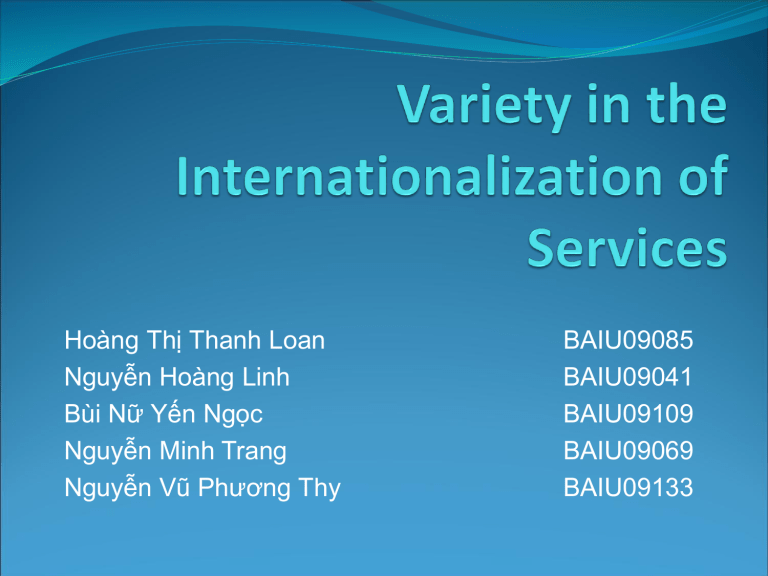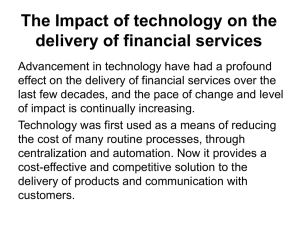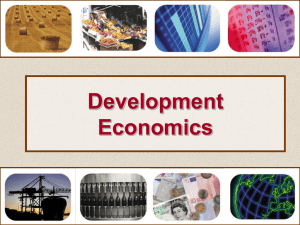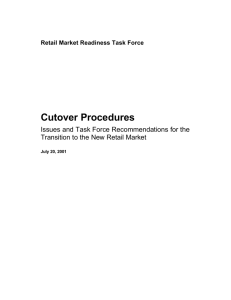Internationalization of Retailing:

Hoàng Thị Thanh Loan
Nguyễn Hoàng Linh
Bùi Nữ Yến Ngọc
Nguyễn Minh Trang
Nguyễn Vũ Phương Thy
BAIU09085
BAIU09041
BAIU09109
BAIU09069
BAIU09133
Internationalization of Retailing:
The largest retail companies have been more conservative than other tradable services when entering foreign markets.
Only a few of the world’s largest retailers can be considered truly global operators: Wal-Mart(USA),
Ahold (Netherlands), Metro (Germany)…
Wal-Mart
Remained a domestic US company until as late as 1991 when it opened a Sam’s Club near Mexico city
Sam’s Club
Base on the value of its annual sales, if it were a country, would rank 26 th in the world, ahead of
Indonesia, Denmark and South Africa.
Country
United States
Argentina
Brazil
Canada
Central America 0
China 2
Indonesia
Japan
Mexico
1997 2007 Change 1997-2007
(%)
2740 4022 1282 46.8
6 13 7
5 299 294
136 289 153
413 413
73 71
2 0 -2
0 392 392
152 889 737
116.7
5880.0
112.5
3550.0
-100.0
484.9
390.9
Puerto Rico
UK
Total
11
0
54
335
43
335
3054 6779 3725 122.0
Table 11.4 Wal-Mart stores
The company is expected to concentrate increasingly on joint ventures since it was forced to pull out of
Germany in 2006.
Wal-Mart sold its 85 German stores to Metro after it failed to repeat the extraordinary success it had achieved in the USA.
Wal-Mart’s sales strategy:
Allows the company to minimize extensive advertising and promotional campaign.
Maintaining low prices
Five reasons why retailers typically decide to internationalize their operations
Maintain sales and profit
Limited domestic growth opportunities
Opportunities to implement internationally appealing and innovative retail concepts
More passive, reactive and subjective opportunities for enhanced sales and profit.
Apply retail
“know-how” and techniques to foreign markets
Large global retailers are extending their market into Latin
America, East Asia, central and eastern Europe
Large global retailers are extending their market into Latin
America, East Asia, central and eastern Europe
Large retailers are internationalizing their supply networks in form of buyer-driven commodity chain
Large global retailers are extending their market into Latin
America, East Asia, central and eastern Europe
Large retailers are internationalizing their supply networks in form of buyer-driven commodity chain
=> trade-led industrialization in labor intensive and consumer goods industries
5 practices applied to buyer-driven commodity chain of large retailers
Global stimuli
Increasing incomes
Technology development,
E-shopping centralized procurement using one distribution center
Globalization of the world economy
Globalization of the tourist industry
Positive Negative
-
-
-
Create jobs
Sustain indigenous lifestyles, regional cultures, arts, crafts
Provide incentives for wildlife preservation, environmental protection and the conservation of historic buildings and sites
-
-
seasonal
Adulterate and debase indigenous cultures, degrade traditional lifestyles
Create pollution and environmental degradation
The idea of “ecotourism”: Self-determination, authenticity, social harmony, preserving the existing environment, small-scale of development and greater use of local techniques, materials and architectural styles.
Factors for Reinforcement of Globalization of
Financial Services
E-finance
Offshore banking centers
Factors for Reinforcement of
Globalization of Financial Services
Information and telecommunications technologies reduced transactions and transmission costs
Institutionalization of savings in the developed countries large pool of capital.
Trend toward disintermediation
The deregulation of financial markets
In the LDCs, the share of FDI stock in service high is > 20%.
In the banking, cross-border mergers and acquisitions (M&As), means of foreign entry into LDC market during 1990s, rose to nearly
80mil.
Top 20 financial conglomerates
15%
20%
The EU
USA
Switzerland
65%
Vietnam
Banking sector in Vietnam’s growth: Increase in penetration of foreign insurers + Improvement in services offered by domestic banks.
The country’s banking and financial services sector is
developing at twice the rate of GDP growth ( Growing consumer demand + Increased internationalization of the banking system.)
Vietnam’s banking sector is transforming and ongoing deregulation will fuel the sector’s growth in coming years.
Large increase in the presence of banks in less developed countries: East Asia , Latin America , Eastern
Europe.
1/3 of the world’s financial TNCs are from less developed countries.
NICs have begun to develop relatively large and aggressive banks with an increasing interest in international opportunities.
The effects of rapid spread of e-finance are not only in
DCs but also in LDCs to leapfrog ahead in some areas of finance.
LDCs use e-finance leapfrog ahead in some areas of finance
The majority of the foreign exchange transactions are still made in only 3 currencies: the Euro, US Dollar, and
Japanese Yen.
The need for secrecy + The desire for shelter from taxation and regulation The
emergence of offshore banking centers, which are mostly located in the LDCs.
Five major specialized offshore banking
centers: The Caribbean, Europe, Middle East,
East and South Asia, South Pacific.
Reasons:
less regulated than financial centres elsewhere.
low- or no tax settings for savings
provide discreet markets
BPO
• In general
• In India
Outsourcing: software development, research and development and engineering services.
The DCs (developed countries) outsource to LDCs
(less developed countries)
Benefits:
much less cost than their US counterparts
Had necessary skills
Speed and attention to detailed to perform the work
EX:
outsource data centre management functions
Network management functions
Business process and help functions
Small or large companies
India
Infosys Technologies
Tata Consultant Services
Wipro
2/3 of India’s export of software services go to the United States.
Plays important role in creating jobs.
Has recorded high growth rates inn the export of services
software, business, financial and communication services.
Main concerns:
Growing demand for skilled workers
Rising costs
Competition
Strengths:
Companies in DCs are increasing outsourcing to LDCs
(India,…)
Have their own development teams to take sole responsibility for the development of certain service products.
The development of Internet
References
www.wikipedia.com
www.VietFinanceNews.com











